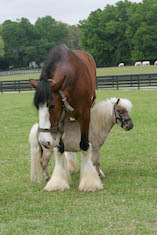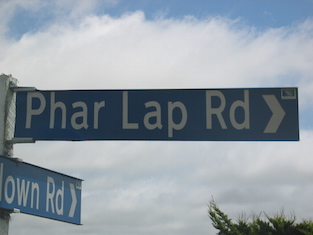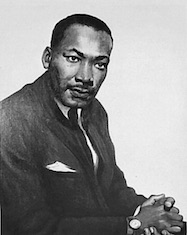Abbreviations
Abbreviations generally should be avoided in written English – it is always better to spell words out in full – but every now and again it is handy to use a shortened form of a common word. We might not have a lot of space (for example, in labelling columns, as in a calendar or for a table) or we might be saving time as well by not having to write, for example, a person’s title (or titles) out in full.

Shortened forms (abbreviations) help to save space
We use apostrophes with some shortened forms of words (which we call contractions). We use full stops or no punctuation with other shortened words (which we call abbreviations). The one clear difference between contractions and abbreviations is the punctuation used. While contractions are generally more than one word and abbreviations are generally single words, there are some single-word contractions and some multi-word abbreviations. You just have to learn the particular words and the punctuation used with each.
In Australian English (and British English generally), a full stop is used after an abbreviation when the final letter of the abbreviation is not the final letter of the abbreviated word when it is spelt out:
- Prof. – f is not the last letter of Professor
- Rev. – v is not the last letter of Reverend
- p. – p is not the last letter of page
- ch. – h is not the last letter of chapter
- min. – n is not the last letter of minute
- Mon. – n is not the last letter of Monday
- Jan. – n is not the last letter of January
- a.m. – a and m are not the last letters of ante meridiem (a Latin phrase meaning before noon)
- etc. – c is not the last letter of et cetera (a Latin phrase meaning and other things)
- i.e. – i and e are not the last letters of id est (a Latin phrase meaning that it)

![]()
Prof. and Rev. have full stops because the last letter of the abbreviation is not the last letter of the spelt-out word (Professor, Reverend)
No full stop is used when the final letter of the abbreviation is the same as the final letter of the abbreviated word when it is spelt out.
- Mr – r is the last letter of Mister (or Master)
- Dr – r is the last letter of Doctor
- Mrs – s is the last letter of Mistress (yes, this is what Mrs is an abbreviation of)
- Rd – d is the last letter of Road
- St – t is the last letter of both Street and Saint


Mr, Mrs and Rd do not have full stops as the last letter is the last letter of the spelt-out word
In American English, there is a different system: Americans put full stops after all abbreviations. This means Americans will have Mr., Dr., Mrs., Rd. and St. They also even use a full stop after Ms., which is not an abbreviation of anything (and most certainly not an abbreviation for Miss). As the Oxford Dictionary points out, Ms is an invented combination of Miss and Mrs, used as a female equivalent of Mr (a title that doesn’t show marital status).

The Rev. Dr. Martin Luther King, Jr., (3 full stops, American style); The Rev. Dr Martin Luther King, Jr, (1 full stop, Australian and British style)
Despite the American practice, there is a growing trend in Australian English to leave full stops out of abbreviations where they have been traditionally used: to use ie (not i.e.) and am and pm (not a.m. and p.m.). While this does tend to make the rule about full stops more consistent (no, or at least fewer, abbreviations having full stops), I do not regard it as helpful. For me, the use of full stops help us to remember what the abbreviation originally was.

It is definitely wrong to try to have an each-way bet in multi-word abbreviations by using am., pm., ie. or eg. with just one full stop. At least be consistent in using both full stops or none.
Of course, English being the language it is, there are other complications: the group of abbreviations we call acronyms (and sometimes initialisms), and some abbreviations that are written in capital letters rather than with an initial capital only or all in lower-case, and abbreviations for measurements. There are even special rules for how to write abbreviations on mail. I’ll look at these next week.

If you have found this post interesting, you can find a full index to my other posts on the index page. To be notified when I post a new topic, follow me on Facebook! If you have any particular questions you’d like me to answer in future posts, just send me a message. I’m always interested to learn what people think, and how you came across this site, so please post a comment.
If you think you would be interested in either my complete grammar course or an individual customised online course (particularly suited for people who don’t live in Melbourne), just click your preferred option.
2 comments on “Full stops and abbreviations (shortened words)”